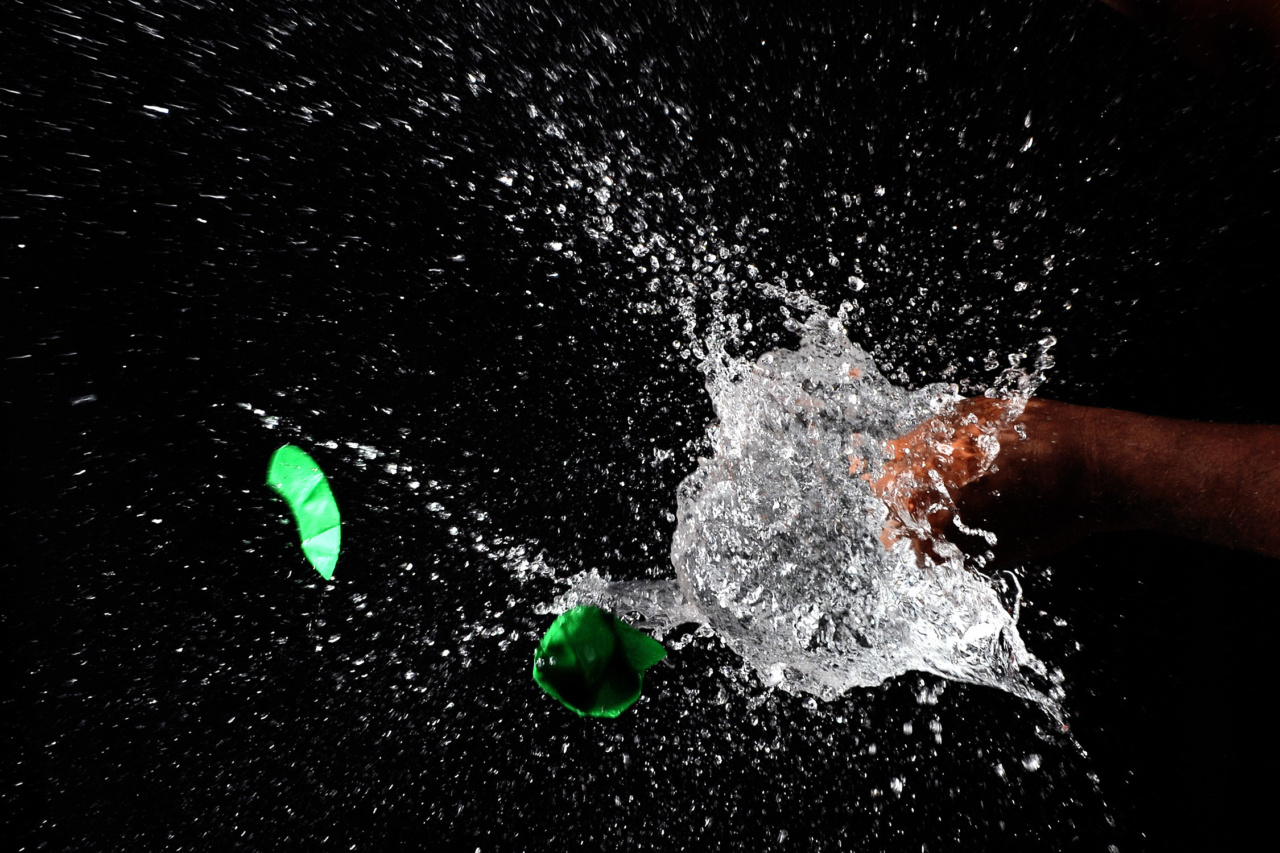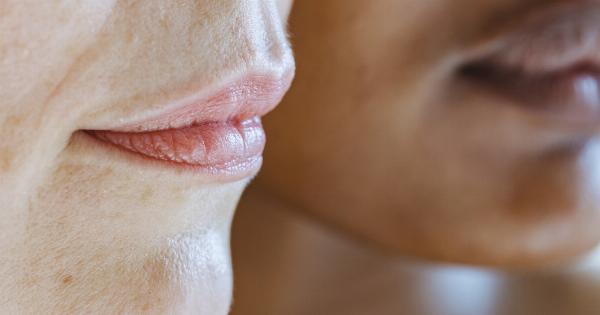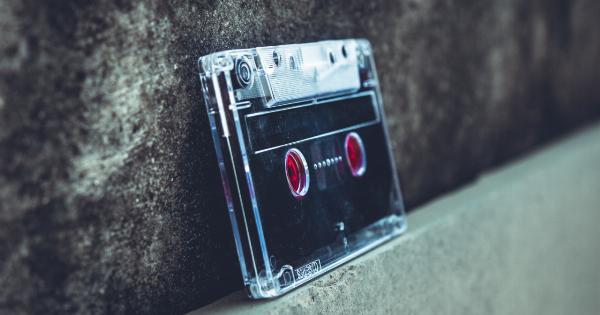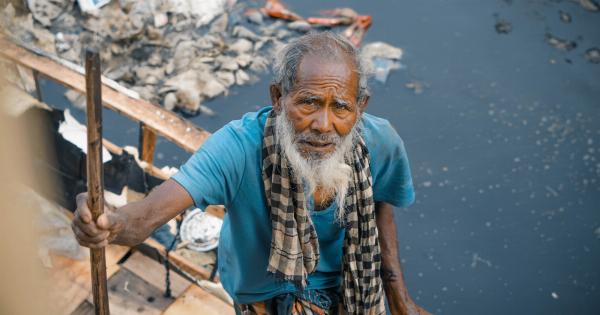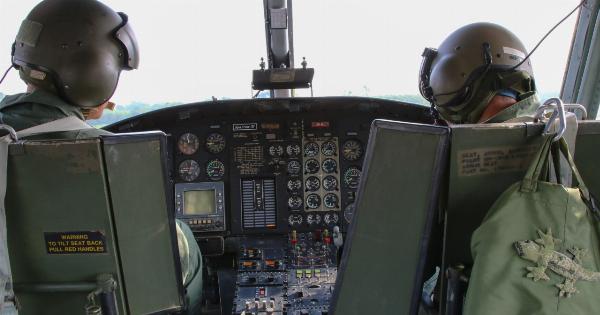Sneezing – we all do it, but have you ever stopped to think about the science behind it? When we sneeze, we expel droplets from our nose and mouth at high speeds. But how far do these droplets travel? And just how many are there?.
Thanks to advances in technology, we can now see sneezes in slow motion. By filming people sneezing with high-speed cameras, scientists have gained new insights into the mechanics of sneezing and how it spreads germs.
What Happens When We Sneeze?
When we sneeze, a burst of air and droplets are expelled from our nose and mouth. These droplets can travel up to six feet in distance and reach speeds of up to 100 miles per hour.
That’s why it’s important to cover your mouth and nose when you sneeze to prevent the spread of germs.
But not all droplets are created equal. Scientists have found that larger droplets carry more viruses and bacteria, while smaller droplets can stay suspended in the air for longer periods of time.
This means that larger droplets are more likely to infect people who are nearby, while smaller droplets can spread further and stick around for longer periods of time.
What Happens When We Don’t Cover Our Mouths and Noses?
When we don’t cover our mouths and noses when we sneeze, we increase the risk of spreading germs to those around us. In fact, one study found that a single sneeze can release up to 40,000 droplets into the air.
While these droplets may not be visible to the naked eye, they can carry a variety of germs and viruses, including the flu, measles, and COVID-19.
That’s why it’s important to practice good respiratory hygiene by covering your mouth and nose when you sneeze or cough.
How Can We Prevent the Spread of Germs?
Preventing the spread of germs starts with good respiratory hygiene. That means covering your mouth and nose when you sneeze or cough, washing your hands regularly, and avoiding touching your face.
It’s also important to stay home when you’re feeling sick to prevent the spread of illness to others.
In addition to these measures, wearing a face mask can help prevent the spread of germs. Face masks are especially important during pandemics like COVID-19, when the virus can easily spread through droplets expelled during coughing and sneezing.
By wearing a face mask, you can protect yourself and those around you from the spread of germs.
The Bottom Line
Sneezing is a natural bodily function, but it can also be a vector for the spread of germs.
By understanding the science of sneezing and practicing good respiratory hygiene, we can help prevent the spread of illness and keep ourselves and our communities healthy.
